Tree recommendation for dramatic winter form
gottagarden
15 years ago
Related Stories
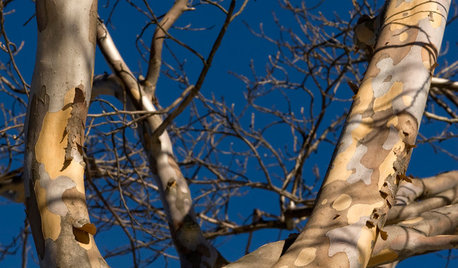
WINTER GARDENING8 Gorgeous Trees for Winter Interest in the Garden
Intriguing forms and beautiful branches take center stage when color heads back into the wings of the winter landscape
Full Story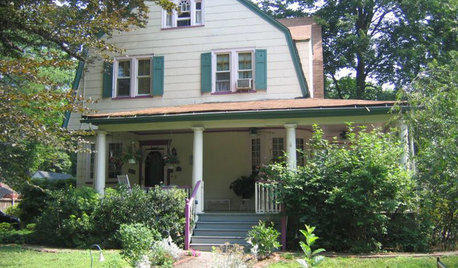
EXTERIORS13 Dramatic Exterior Paint Makeovers by Houzzers
See real-life before and afters of home fronts transformed with paint, in wide-ranging colors and styles
Full Story
TREES11 Japanese Maples for Breathtaking Color and Form
With such a wide range to choose from, there’s a beautiful Japanese maple to suit almost any setting
Full Story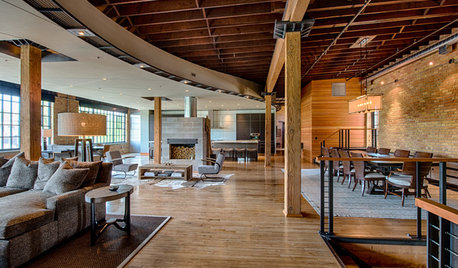
LOFTSHouzz Tour: A Commercial Laundry Gets Recycled Into a Dramatic Home
See how this 1923 behemoth becomes the ultimate home for entertaining and more
Full Story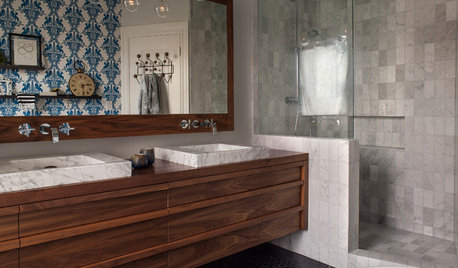
BEFORE AND AFTERSBefore and After: 19 Dramatic Bathroom Makeovers
See what's possible with these examples of bathroom remodels that wow
Full Story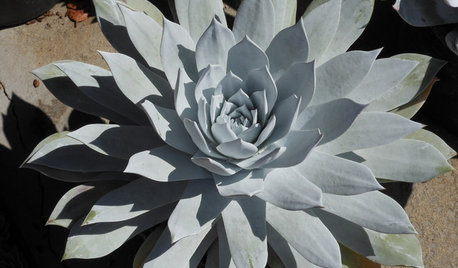
GARDENING GUIDESGreat Design Plant: Dudleya, a Dramatic California Native
Set up this succulent in native conditions and see just how little care it needs to thrive in the landscape
Full Story
TREESGreat Design Plant: Coral Bark Japanese Maple, a Winter Standout
Go for garden gusto during the chilly season with the fiery red stems of this unusual Japanese maple
Full Story
TREESHow to Buy Healthy Trees and Shrubs
A healthy young plant with a strong form is more likely to do well in your yard. Here’s what to look for at the nursery
Full Story
GARDENING GUIDESGarden Myths to Debunk as You Dig This Fall and Rest Over Winter
Termites hate wood mulch, don’t amend soil for trees, avoid gravel in planters — and more nuggets of garden wisdom
Full Story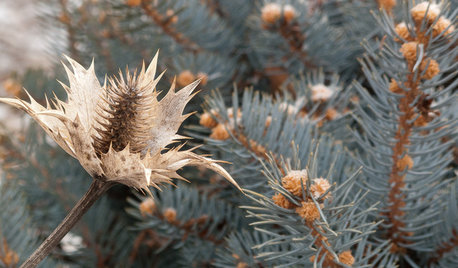
WINTER GARDENINGInspiring Winter Scenes From the Denver Botanic Gardens
Use seed heads, bare branches and grasses to design lovely garden displays when the ground is frozen
Full StorySponsored
Central Ohio's Trusted Home Remodeler Specializing in Kitchens & Baths
More Discussions








ken_adrian Adrian MI cold Z5
spruceman
Related Professionals
Bridgetown Landscape Architects & Landscape Designers · Bridgeport Landscape Contractors · Desert Hot Springs Landscape Contractors · El Mirage Landscape Contractors · Fishers Landscape Contractors · Fort Worth Landscape Contractors · Homewood Landscape Contractors · Kennewick Siding & Exteriors · Bainbridge Island Decks, Patios & Outdoor Enclosures · Cape Coral Decks, Patios & Outdoor Enclosures · Hull Decks, Patios & Outdoor Enclosures · Paradise Valley Decks, Patios & Outdoor Enclosures · St John's Kirk Decks, Patios & Outdoor Enclosures · Westminster Decks, Patios & Outdoor Enclosures · Wildomar Decks, Patios & Outdoor Enclosuresken_adrian Adrian MI cold Z5
NHBabs z4b-5a NH
Embothrium
gottagardenOriginal Author
ken_adrian Adrian MI cold Z5
picea
Embothrium
jqpublic
tsugajunkie z5 SE WI ♱
jqpublic
spruceman
picea
lpptz5b
spruceman
lpptz5b
arbordave (SE MI)
goodhors
gottagardenOriginal Author
stalks_05
Pamchesbay
NHBabs z4b-5a NH
flora_uk
quercus_macrocarpa
salicaceae
goodhors
Pamchesbay
gottagardenOriginal Author
goodhors
Dan _Staley (5b Sunset 2B AHS 7)
ginkgonut